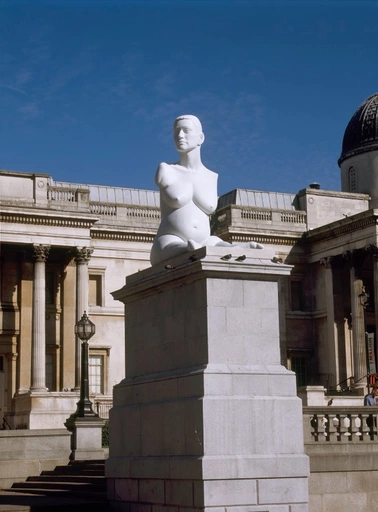1. Self-inquiry: check in with yourself to question how you look at disabled bodies in public. Think of looking as an act: as behavior. What is your perceptive behavior when you encounter someone who is visibly disabled? What are your feelings, impulses and thoughts?
2. Compare the train of thoughts
Jules Sturm shares here with public discussions about obesity and body positivity. Women who are fat and show their bodies in a positive way in public (think singers, entertainers, and fitness or yoga instructors) have been criticized for ‘promoting obesity’.
3. Try to take the position of someone vehemently opposed to a sculpture of a disabled woman's being displayed in public: what arguments might people have to argue that disabled bodies should not be displayed in public in a positive way? What could be against seeing disability no longer as a deviation from human nature, but as a variation? Try to understand as best you can what fears, beliefs, and ideals support such a view.




